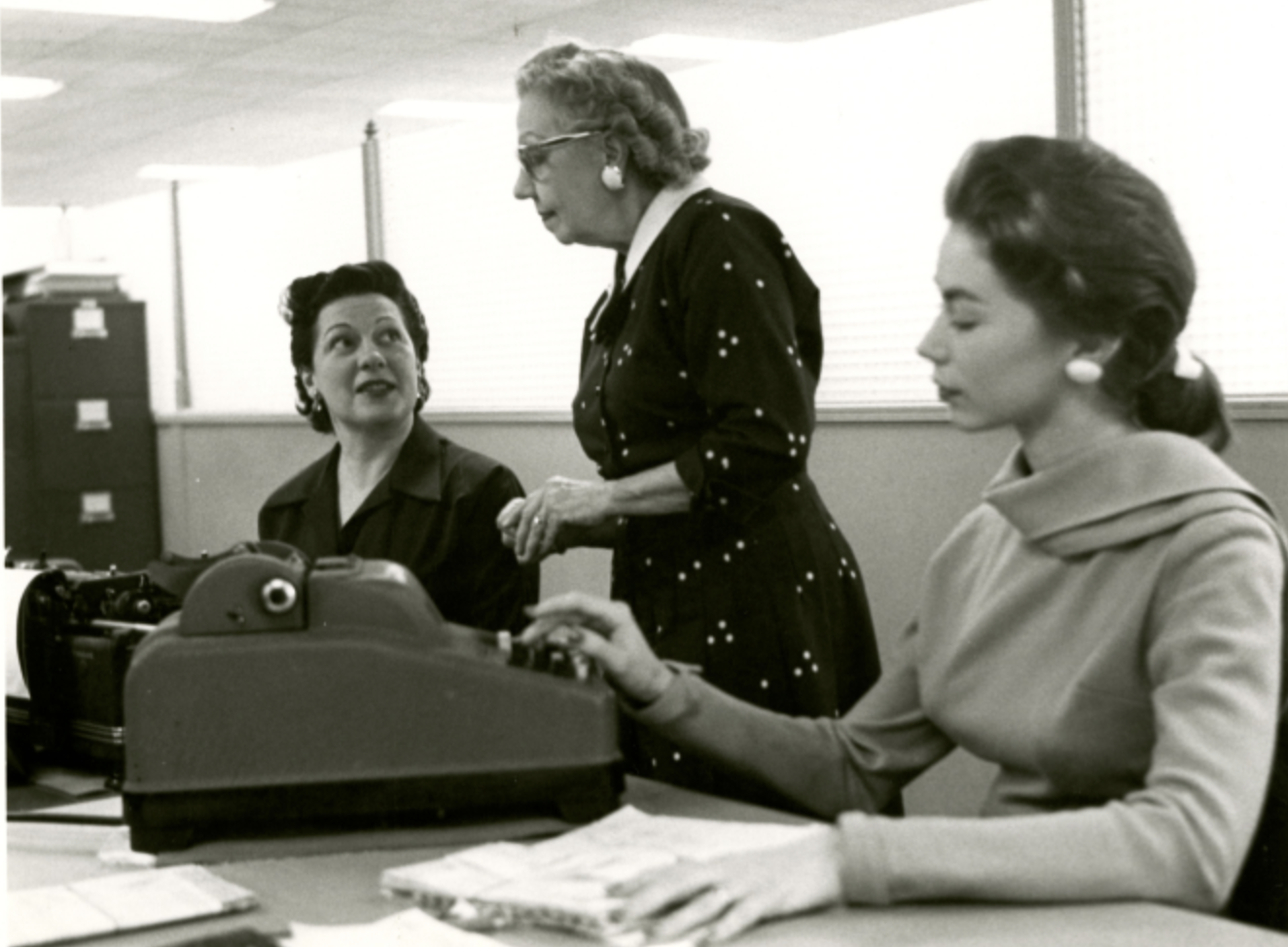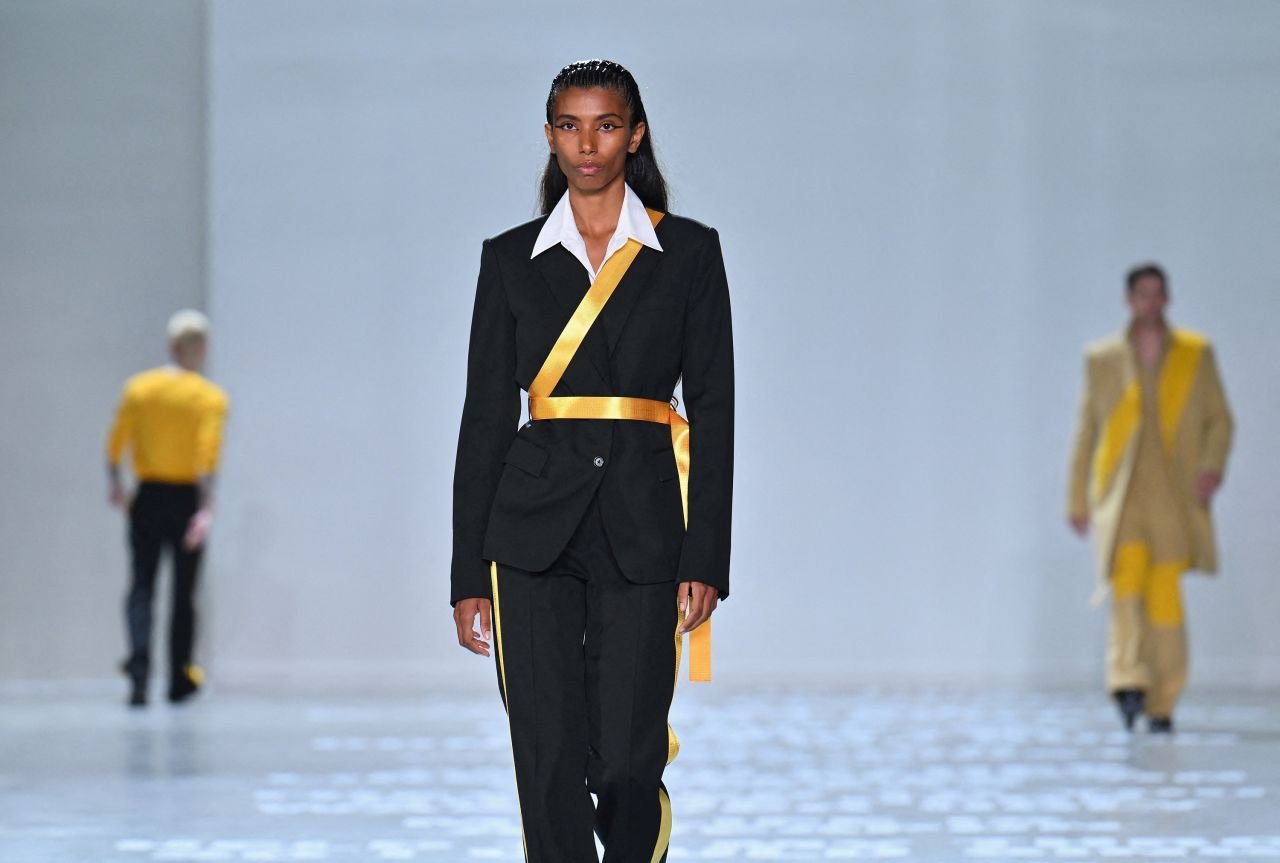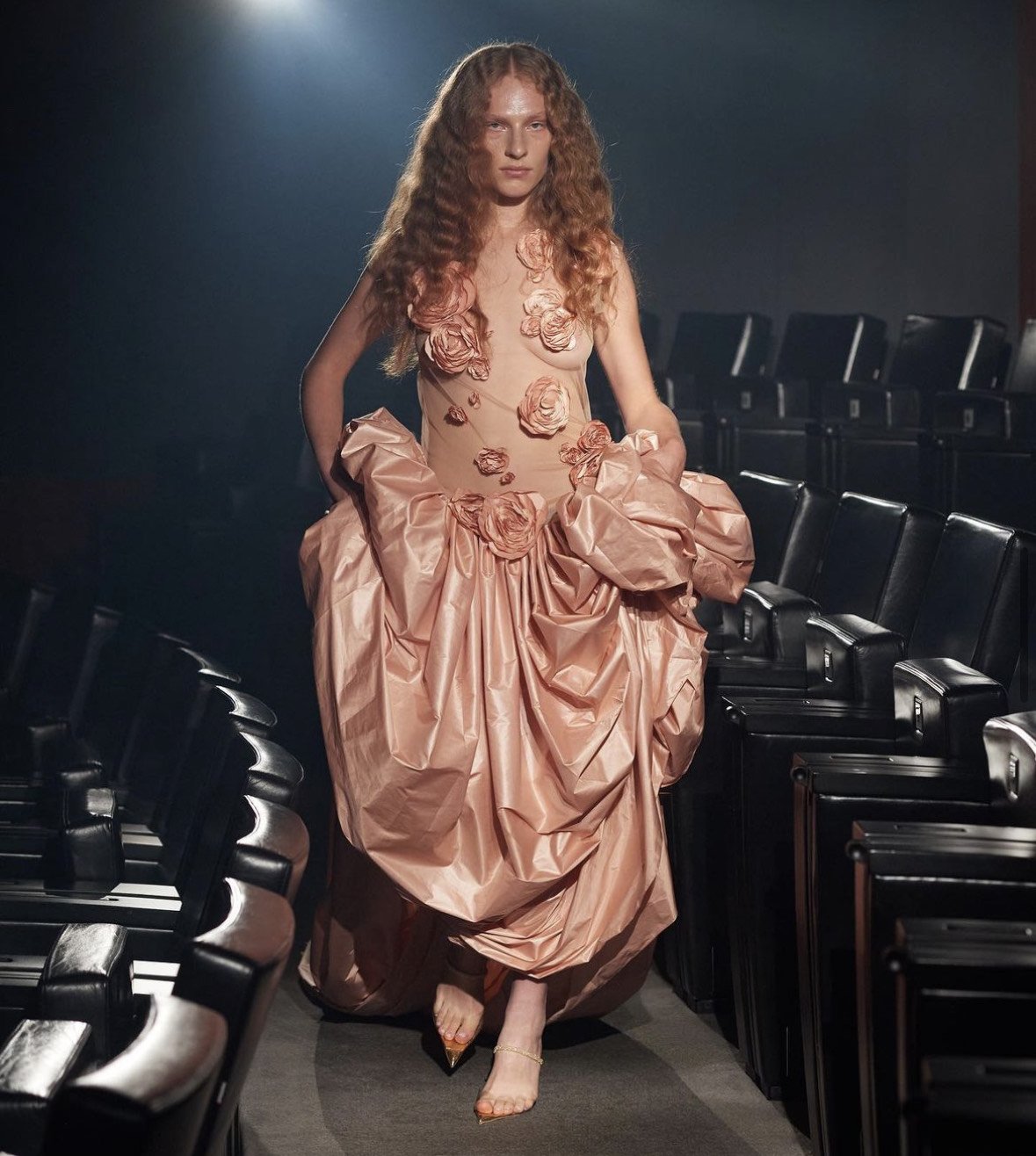The Power Behind Online Girl Cultures & The Unending Eras Of Female Identity
The 2020s have so far been dominated by an endlessly evolving list of microtrends, manifesting as aesthetics, ‘cores’ and ‘eras’, some lasting only a few days, and others many months. Think Balletcore, Cottagecore, Barbiecore, Hot Girl Summer, That Girl, Sad Girl, Clean Girl, Warm Girl - the list goes on. More recently, the Hard Boiled Egg Girl has been adopted amongst the latest trends, referring to women who love pastel pinks, whites, broderie Anglaise, and glazed nails alongside the rise of the Frazzled English Woman aesthetic, which is inspired by Iris in The Holiday, Juliet in Love Actually, and of course, Bridget Jones.
It feels as if these labels are becoming increasingly incessant and ever more random or particular as if any word could be inserted before ‘girl’ or ‘core’ and instantly become a new category of feminine being. Women can now live a thousand lives, adopting a new identity with each aesthetic that they wish to belong to, before discarding it for the next trend when they decide it’s time for their new ‘era’. These microtrends come and go so often that the complexity of the relationship between female identity and internet trends has become increasingly nuanced, and yet, the two are more bound together than ever. These labels are almost always for women, with many of them having ‘girl’ in the very title of the aesthetic. Why is it that women must chase the latest aesthetics to define themselves within a neat category, whilst men never seem to feel this same pressure?
With labels like these, it can feel as if the commodification of the female body, which has existed for so many years, has been extended into a commodification of personality and identity as well. Women often feel pressure to turn themselves into a brand through their social media profiles. Fashion has always been a means of expressing individuality, but with so many specific aesthetic labels, clothing is now tied to identity in a much deeper way and can feel like a performance to fit into a neat categorisation.
This intense relationship between the internet and the self creates pressure upon women to curate their identities in a way that men don’t. In the most extreme cases, it can feel as if everything we do is aimed at producing content that adheres to our personal brand. For example, enjoying reading Sylvia Plath, or at least posting a picture of The Bell Jar, is a part of the Sad Girl aesthetic, whilst Joan Didion and Eve Babitz titles are the perfect accessories to curating a Hot Girl Summer, even if we haven’t actually read them. Becoming That Girl means posting your perfect smoothie bowls, aesthetic journaling sessions, and sunny skied walks.
These identity clubs define themselves through specific shared fashion trends and carefully stylised looks. Fashion and beauty are no longer just about the clothes or the products themselves, but about crafting an entire personality from an aesthetic. The Frazzled English Woman is Keira Knightley’s baker boy hat, knitted skinny scarves, big coats, and midi skirts, paired with mismatched colours and layers, leather boots, and hair thrown back in an effortlessly messy style. On the opposite end of the spectrum is the Balletcore girl’s perfect bun and flawless femininity, highlighted by her embrace of soft, delicate knits, pretty mini skirts, flowy fabrics, and a muted pastel colour palette, full of pinks and pearly whites.
@zoekimkenealy #greenscreen crying makeup look tutorial 😅 Can I go as a crying person for Halloween or is that not a thing #cryingmakeup #tearmakeup #cryingeyes #makeupforhalloween ♬ Show Me How (Album V) - Men I Trust
Makeup is also essential to some of these online girl cultures, such as the ‘crying makeup’ TikTok trend that went viral in October 2022 as part of the Sad Girl look. Zoe Kim Kenealy promises a makeup tutorial for ‘the unstable girlies’ in her video which demonstrates how to recreate glistening eyes, a reddened nose, and soft puffy lips with gloss, glitter, and an eyelash curler. This is how to proclaim your Sad Girl identity even when you don’t feel sad enough to cry.
Nevertheless, cultures such as Sad Girl or the Fleabag Era trend create questions about the romanticisation of mental health issues. Is it problematic to perform sadness through a makeup look just to partake in a trend, or to aestheticise destructive behaviour by aspiring to be Fleabag? It seems like every trend comes with its own issues: That Girl creates unrealistic standards of perfection, Clean Girl promotes hierarchical and often unattainable beauty norms, whilst the search results for Balletcore are dominated by white, thin, conventionally attractive women. Furthermore, it remains the case that with all of these trends, no equivalent exists for men: their identities can be free and undefined, and they can like something without it consuming their personalities. Meanwhile, women strive to fit into, perform for, and curate themselves according to these neat labels, categorising the natural growth of their own selves into tangible ‘eras’.
However, it is also true that throughout history women have been labelled and defined by men. All too often, I’ve experienced men terming women with words like ‘slag’, ‘hysterical’, ‘emotional’, ‘mad’, ‘diva’, ‘bimbo’ and ‘bitch’. These new microtrend labels and girl cultures have perhaps developed in opposition to this, as a way to reclaim our own identities with trends created for women, by women. ‘Hysterical’ has conditioned us to believe that our mental states dictate identity, but ‘Sad Girl’ reclaims our feelings on our own terms; confidence, beauty or flirtatiousness no longer mean ‘slag,’ but ‘Hot Girl’ who takes back her own autonomy to define herself as she chooses.
It is also a joy to see women bonding with each other and sharing their emotions through niche interests, aesthetic sensibilities and shared styles that resonate with others within the same online girl culture. The idea that female identity has strict boundaries can feel unsettling, and undeniably there are issues with certain trends and with the constant consumption that we use to define and brand our lives. However, at the same time, a female community with its own language has been formed around each of the internet’s microtrend cultures, adopting words, phrases and names that can both empower the women who partake in the trend and topple the old patriarchal labels.








